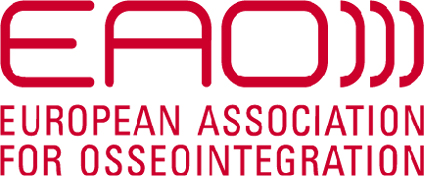Implant indications
All on implants
With a long-term survival rate of 97%, the ‘all-on-implants’ treatment approach has changed a great deal over the years. Some of the improvements which have been made are: less morbidity, quicker treatment, lower costs, less effort required from the patient and a better quality of life during treatment.
But when is ‘all-on-implants’ the treatment of choice? There are some desperate cases where this approach is undoubtedly the best choice. The speaker described an all-on-four approach using tilted implants and immediate restoration. Within hours, this approach can dramatically change the patient’s life and can improve their oral care in the future.
But there are other cases where the answer is ‘maybe’. Sometimes, teeth can be maintained after periodontal treatment.
“Sometimes, teeth can be maintained after periodontal treatment.”
The speaker presented a number of cases where the decision had to be made whether to treat with an all-on-implants approach. One patient (Figures 1–3) had problems in both the upper and lower jaws. The speaker invited the audience to vote on which approach they would choose for restoring the jaws (Figures 4–5).
The speaker then showed the results. They treated with traditional, non-surgical periodontal treatment. To enhance the aesthetic, they worked with composite (Figures 6–10). Due to financial limitations and the patients’ wishes, they did not place implants in either the upper or lower jaw. However, the speaker stated that in the future, they will most likely place two implants in the lower jaw.
The second case presented involved a 66-year-old man who had lost many teeth in the past (Figures 11–14). The radiograph showed root caries in the molar in the upper jaw. In the lower jaw, there was advanced periodontal disease present and vertical defects and apical lesions.
Once again, the speaker invited the audience to vote on how they would restore the jaws (Figures 15–16). He then showed the treatment approach which was undertaken: the teeth were extracted in the upper jaw, and four tilted implants were placed (Figures 17–18). In the lower jaw, they kept all the teeth and lifted a papilla preservation flap. Autogenous bone harvested from the upper jaw was used to fill in the defects in the lower jaw. The speaker also showed the final bridge which was created using CAD/CAM technology (Figures 19–22).
“We should avoid routine protocols. One case, one treatment plan.”
The speaker went on to discuss the high rate of complications (40%) associated with the all-on-implants approach. Although there is only short-term data available about them, monolithic zirconia prostheses may significantly reduce the rate of technical complications in full-arch implant rehabilitations (Kolgeci et al. 2014) compared with conventional metal-resin full-arch prostheses. Using two types of zirconia (tetragonal ZrO2 for the framework, and hexagonal ZrO2 for the teeth) may improve technical conditions without increasing costs.
[[slide-container]]



